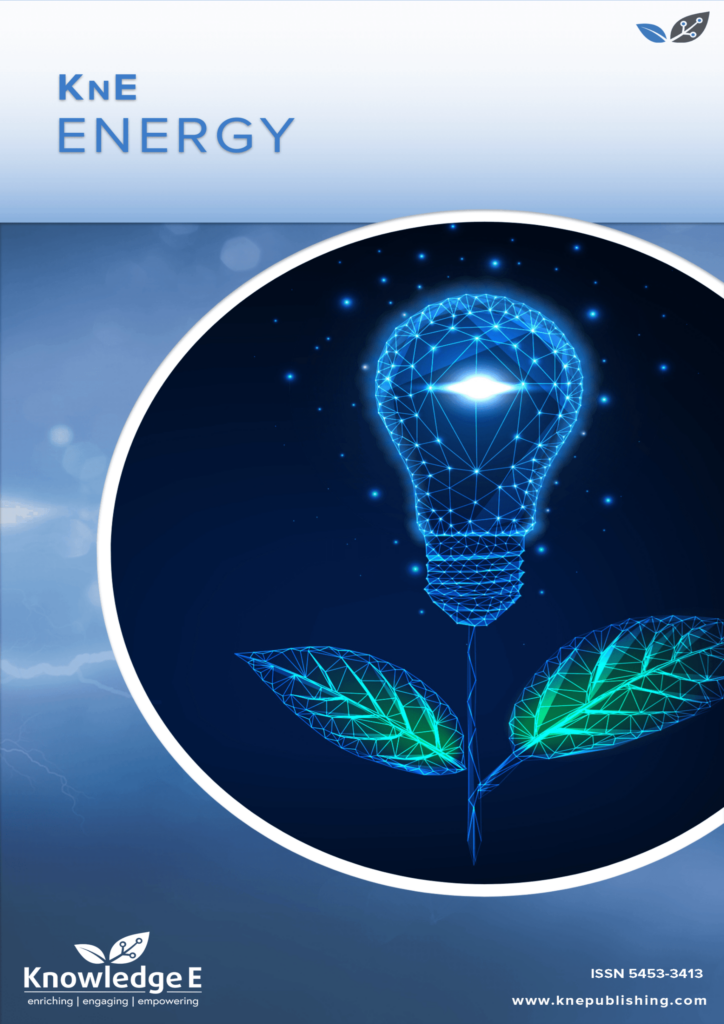
KnE Energy
ISSN: 2413-5453
The latest conference proceedings on energy science, applications and resources
Loss Of Flow Event Analysis Of The Rri-50 Conceptual Design
Published date: Sep 20 2016
Journal Title: KnE Energy
Issue title: International Conference on Nuclear Energy Technologies and Sciences (2015)
Pages: 55-65
Authors:
Abstract:
The conceptual design of Indonesia’s Research Reactor (RRI-50) core has reached the design optimization phase. RRI-50 is designed to produce the maximum neutron flux of 1.0×1015 n/cm2s and thermal neutron flux of 5,0×1014 n/cm2s. The analysis of design basis accident should have anticipated any possible accidents, one of which is loss of flow event that should be met according to the IAEA safety standard. There are many conditions that cause loss of flow accident, such as pump failure. This series of event may trigger an accident due to loss of coolant. Therefore, the event should be deeply analyzed. Loss of flow event analysis has been carried out using PARET-ANL code. The margin toward flow instability and two-phase flow becomes a design limit. The analysis was performed during initial period of event. The reactor scram occurred at 2.1 second because flow rate trip reaches 85% from its nominal value. Based on loss of flow event of the design basis accident of RRI-50 core, it can be concluded that the margin toward flow instability at the early transient, which is the worst condition, has not generated two-phase flow at a constant pressure.
References:
Hastuti E. P., et al., ”PTRKN 2010 Technical Document: User Criteria Document (UCD) Innovative Research Reactor”, BATAN-RKN-C-2010-01-001, PTRKN-BATAN, South Tangerang, (2010).
[2] Hastuti E. P., WIDODO S., “Thermalhydraulic Aspec Fuel element Analysis on Pre Design of High Power Innovative Research Reactor“, The 19th TKPFN National Seminar Proceeding, BATAN-UIN Sunan Kalijaga, Yogyakarta, 24-25 October (2013).
[3] W. X. Tian, S. Z. Qiu, Y. Guo, G. H. Su, D. N. Jia, “Development of A Thermal-Hydraulic Analysis Code for CARR”, Annals of Nuclear Energy 32 (2005) 261–279.
[4] Qing Lu, Suizheng Qiu, G. H. Su, “Development of A Thermal–Hydraulic Analysis Code for Research Reactors With Plate Fuels”, Annals of Nuclear Energy 36 (2009) 433–447.
[5] Ronghua Chen, G. H. Su, Wenxi Tian, Suizheng Qiu, Dounan Jia, “Development of TSAC1.0 and application to reactivity insertion accident of CARR”, Nuclear Energy 53 (2011) 1-9.
[6] Wenxi Tian, Suizheng Qiu, Guanghui Su, Dounan Jia, Xingmin Liu, Jianwei Zhang, “Thermohydraulic and Safety Analysis on China Advanced Research Reactor Under Station Blackout Accident”, Annals of Nuclear Energy 34 (2007) 288–296.
[7] Tewfik Hamidouche, Anis Bousbia-Salah, El Khider Si-Ahmed, Mohamed Yazid Mokeddem, Franscesco D’Auria, “Application of Coupled Code Technique to A Safety Analysis of A Standard MTR Research Reactor”, Nuclear Engineering and Design 239 (2009) 2104–2118.
[8] Omar S. AL-Yahia, Mohammad A. Albati, Jonghark Park, Heetaek Chae, Daeseong Jo, “Transient Thermal Hydraulic Analysis of The IAEA 10 MW MTR Reactor During Loss of Flow Accident to Investigate The Flow Inversion”, Annals of Nuclear Energy 62 (2013) 144–152.
[9] S. Chatzidakis, A. Hainoun, A. Doval, F. Alhabet, F. Francioni,A. Ikonomopoulos, D. Ridikas, “A Comparative Assessment of Independent Thermal-Hydraulic Models for Research Reactors: The RSG-GAS Case”, Nuclear Engineering and Design 268 (2014) 77– 86.
[10] Enrico Zio, Francesco DiMaio, JiejuanTong, “Safety Margins Confidence Estimation for A Passive Residual Heat Removal System, Reliability Engineering and System Safety”, vol. 95, pp. 828–836 (2010).